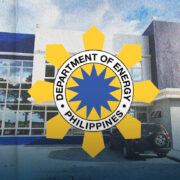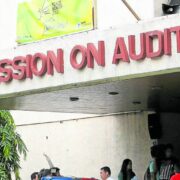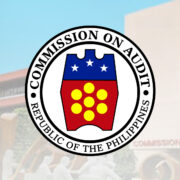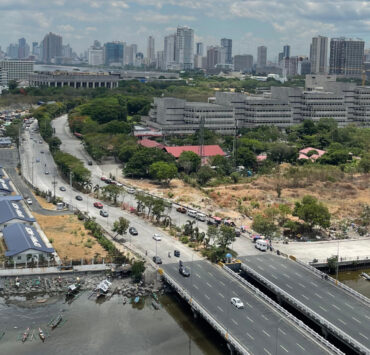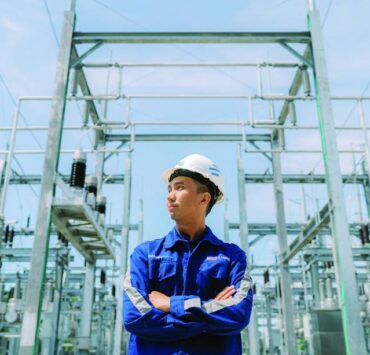PH infra: 61st out of 67 countries in 2024
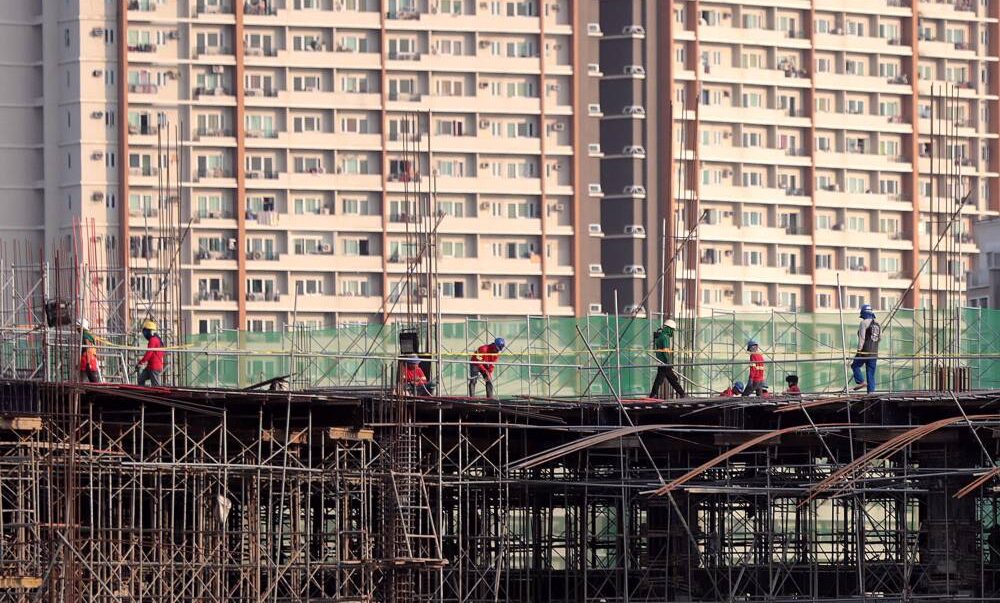
To help build resilient infrastructure and promote sustainable industrialization, the set goals of SDG 9 (Sustainable Development Goals) of the United Nations, various countries across the world are implementing targeted policies and projects designed to achieve sustainable, more ecologically responsible practices in industries and infrastructure, and promoting continuous innovation in these fields.
In the Philippines, significant challenges still remain in relation to SDG 9, according to the UN’s Sustainable Development Report. Though progress for some indicators is on track or maintained, some of the indicators—such as the average ranking of the top three universities on the Times Higher Education ranking, mobile broadband subscriptions, and the population using the internet—continue to face challenges.
Dismal education rank
The target indicators for the country’s Logistics Performance Index: infrastructure score and rural population with access to all-season roads have been achieved, but major challenges remain with regard to expenditure on research and development.
Meanwhile, the International Institute for Management Development’s (IMD) World Competitiveness Ranking, a comprehensive report and reference point on global economies released every year, ranked the Philippines’ infrastructure 61st out of 67 countries in 2024.
For its subcategories, the Philippines’ highest rating was in technological infrastructure, where it placed 55th out of 67—but that was in fact a drop of seven positions from the previous year.
The country’s lowest ranking was in education, placing 63rd out of 67, dropping by one position from 2023. It ranked 60th for both health and environment and scientific infrastructure (down three spots from 2023), and ranked 62nd in basic infrastructure (down four spots from 2023).
The Philippines’ overall infrastructure position also dropped by three spots from its previous ranking of 58th in 2023.
In 2019, the World Economic Forum ranked the Philippines’ infrastructure 96th out of 141 countries in that year’s Global Competitiveness Report, which aims to provide annual assessments of selected countries’ drivers of long-term economic growth and productivity. The country’s transport infrastructure was ranked 102nd out of 141, while utility infrastructure placed 96th.
Last February 2024, Sarah Antos, urban geographer at the World Bank, and Yimin Zhou, an urban development and smart city consultant also for the World Bank, identified challenges local government units (LGUs) in the Philippines are facing in their smart city development efforts. Among the top concerns cited was the lack of digital infrastructure, which 59 percent of LGUs said was hindering the drive for progress in their localities.
Flagship projects
Several infrastructure projects have been put in place in the Philippines in an attempt to improve the country’s situation. According to the National Economic and Development Authority’s (Neda) website, the number of infrastructure flagship projects in the country has hit 186, 74 of which are under the Department of Public Works and Highways (DPWH) and 69 under the Department of Transportation (DOTr). The projects’ indicative total cost is listed at around P9.6 billion (P6.05 billion for DOTr, P2.78 billion for DPWH).
Last June 2024, Neda also approved the Philippine Digital Infrastructure Project, a P16.1-billion project financed by the World Bank aimed at boosting broadband connectivity across the country, particularly in remote areas, and strengthening cybersecurity. It is set to augment digital infrastructure to bridge the digital divide, stimulate private sector investments, and strengthen capacity for cybersecurity and the protection of critical information infrastructure.
The project will see the construction of a public broadband infrastructure network that comprises five major components: backbone network, middle-mile network, access network (last-mile), network security, and project management support.
Sources: Inquirer archives, neda.gov.ph, blogs.worldbank.org, weoforum.org,imd.org, dashboards.sdgindex.org.


